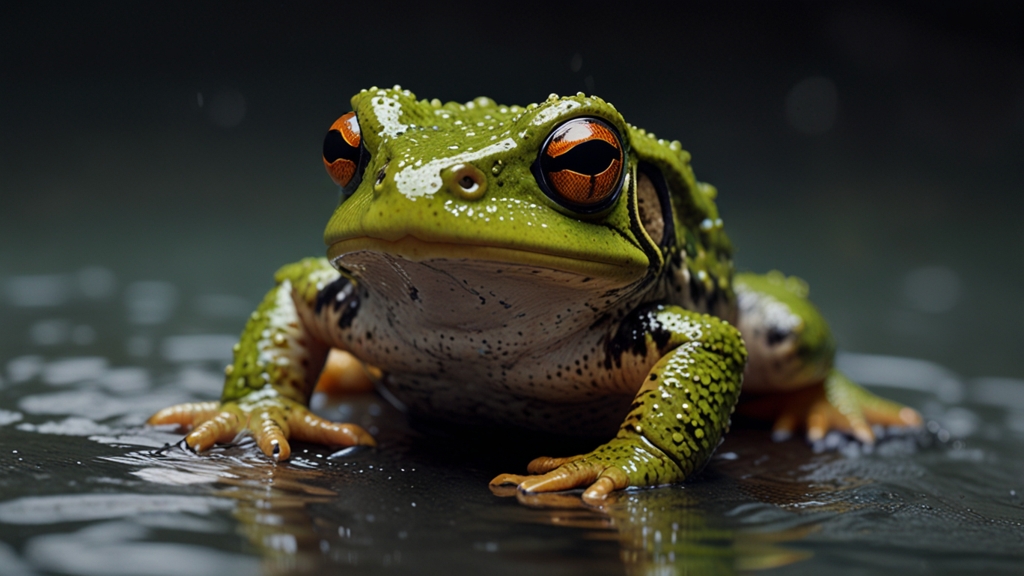Dive into the World of Amphibians: What You Never Knew
Amphibians are a fascinating class of animals known for their unique life cycle and remarkable adaptations. Often overshadowed by their more glamorous vertebrate cousins, the mammals and the birds, amphibians boast a rich diversity that commands deep respect and curiosity. Let’s take a closer look at some captivating aspects of these remarkable creatures.
The Amphibian Spectrum
Amphibians are divided into three major orders: Anura (frogs and toads), Urodela (salamanders and newts), and Apoda (caecilians). These groups share common traits, such as their moist skin through which they can absorb water and breathe. However, their lifestyles and habitats can be surprisingly diverse.
Life Begins in Water
The life cycle of most amphibians epitomizes the blend of aquatic and terrestrial existence. Typically, amphibians lay their eggs in water. These eggs hatch into larvae that breathe through gills. The quintessential example is that of a frog, with its transformation from a tadpole into an adult frog, showcasing a spectacular process of metamorphosis.
“The metamorphosis of a tadpole into a frog is one of nature's most astonishing feats. Witnessing it reminds us of the intricate and delicate balance of life.”
Guardians of the Ecosystem
Amphibians play a critical role in maintaining ecological balance. As both predators and prey, they are integral to the food chain. Their diet primarily includes insects and other small invertebrates, placing them at the frontline in controlling pest populations. Furthermore, their sensitivity to environmental changes makes them pivotal bioindicators, signaling the health of their ecosystems.
A Palette of Colors
Amphibians are not only functional but also visually stunning. From the vibrant hues of the poison dart frog to the earthy tones of the common toad, their colors serve various purposes. Camouflage helps them evade predators, while bright colors serve as a warning sign to potential threats.
“The vivid colors of the poison dart frog are not just for show; they are a stark warning of the toxic substances these little creatures harbor. It’s a brilliant example of nature’s communication strategies.”
Threats and Conservation
Despite their resilience, amphibians are facing unprecedented threats due to habitat destruction, climate change, pollution, and disease. The chytrid fungus epidemic, for example, has decimated populations worldwide. Conservation efforts are crucial to protect these valuable species and the roles they play in their environments.
Unique Adaptations
Amphibians are well-known for their remarkable adaptations. For instance, some species can regenerate lost limbs, a trait that has immense potential for scientific research and medical advancements. Moreover, certain amphibians produce potent toxins with potential pharmacological applications.
Conclusion
Diving into the world of amphibians reveals a tapestry of biological wonder. These creatures, often unnoticed and underappreciated, deserve our attention and respect. By understanding and protecting amphibians, we safeguard a critical component of our natural world, ensuring the health and balance of ecosystems for future generations.
“In studying and conserving amphibians, we not only preserve their existence but also protect the intricate web of life that they help sustain.”









